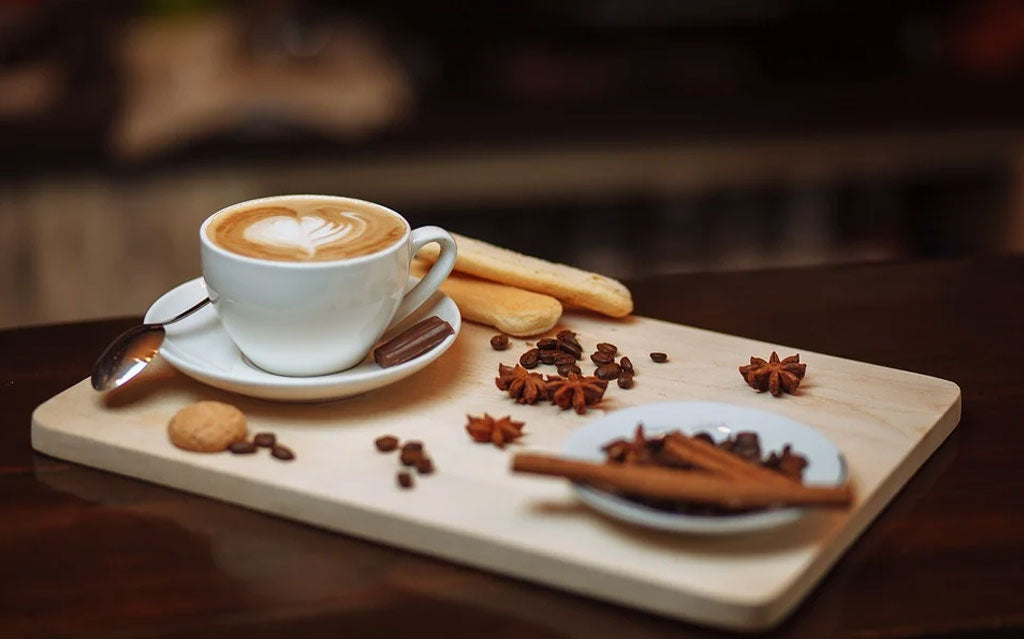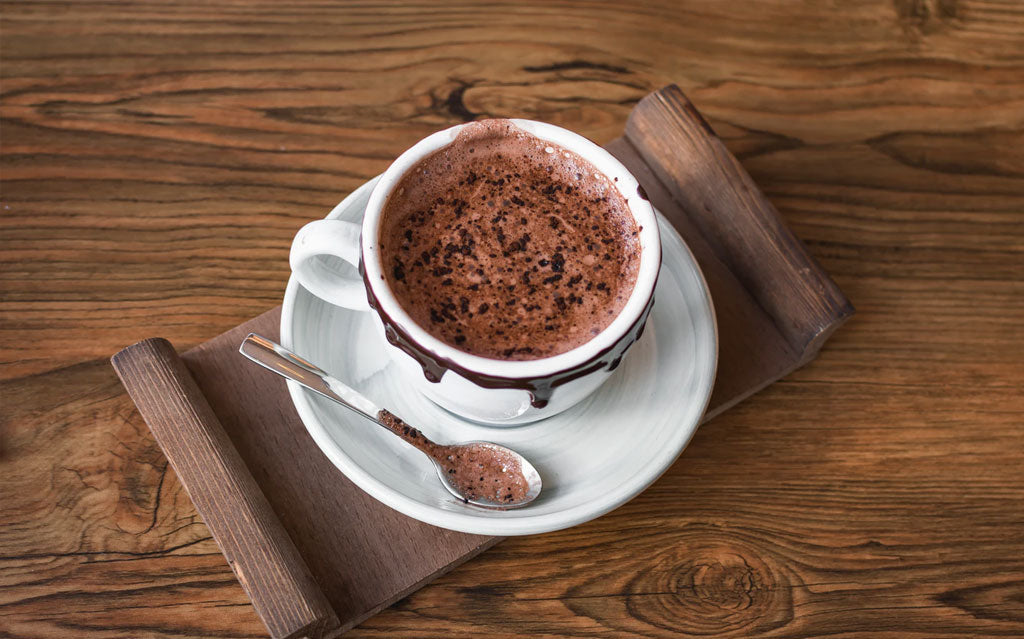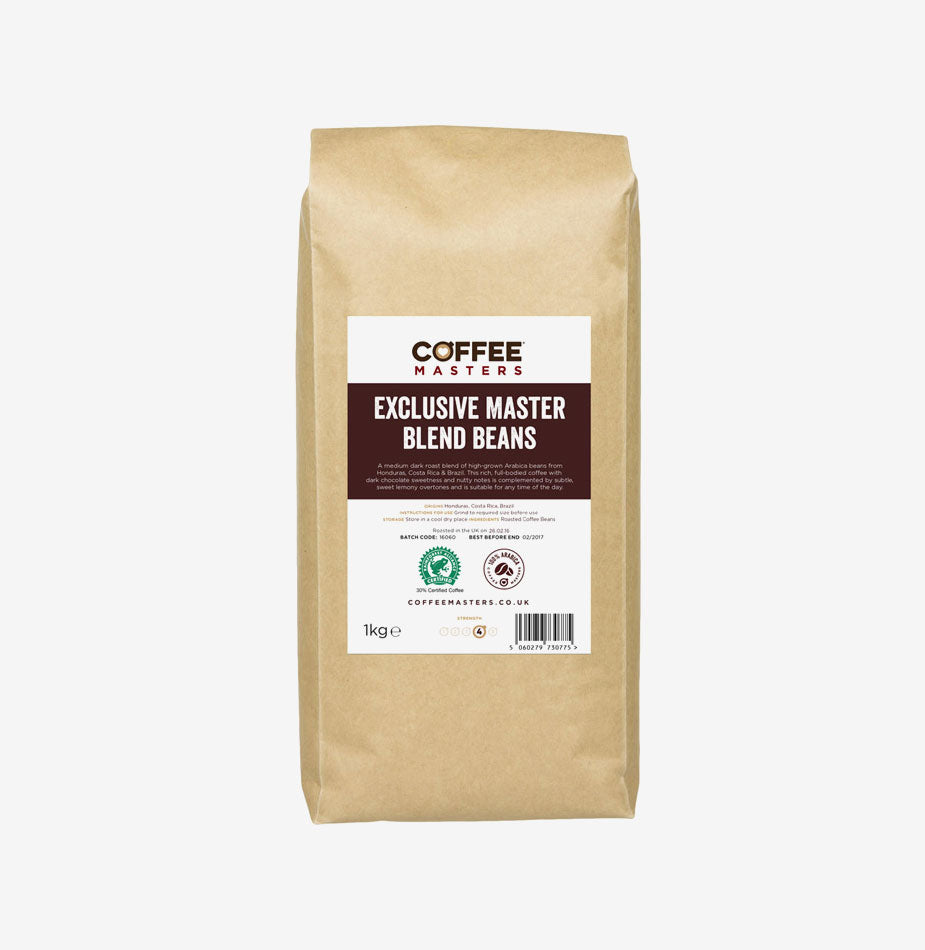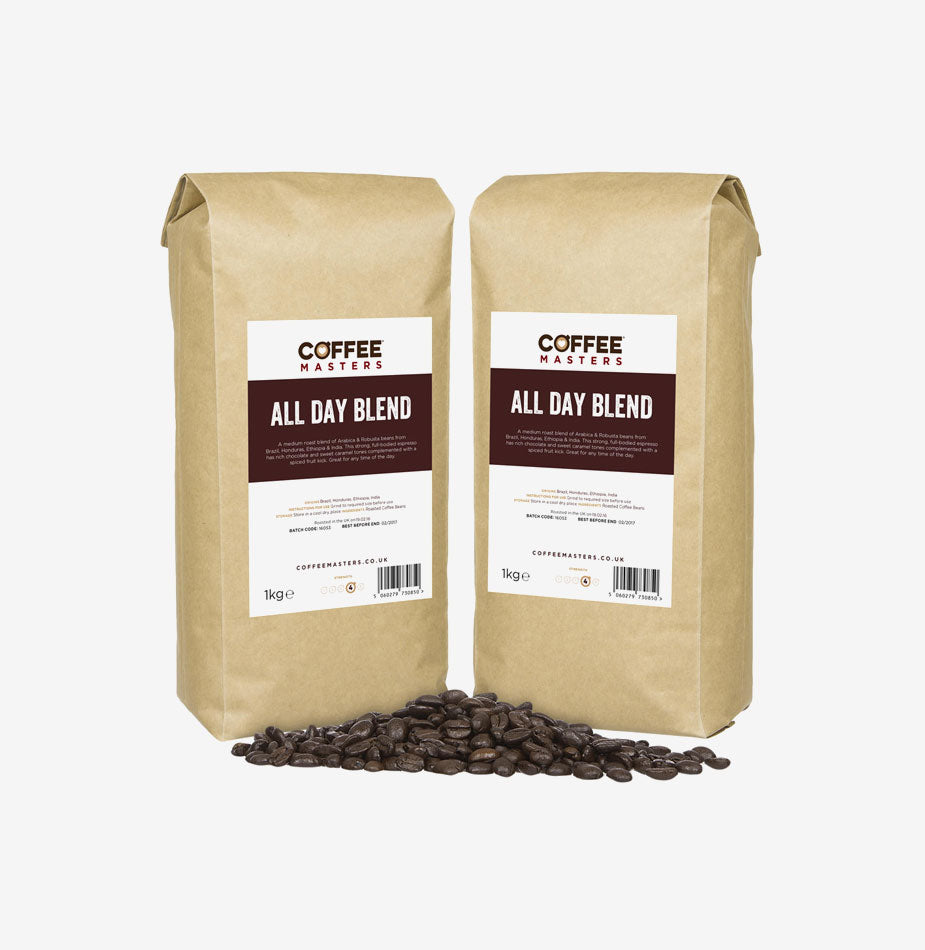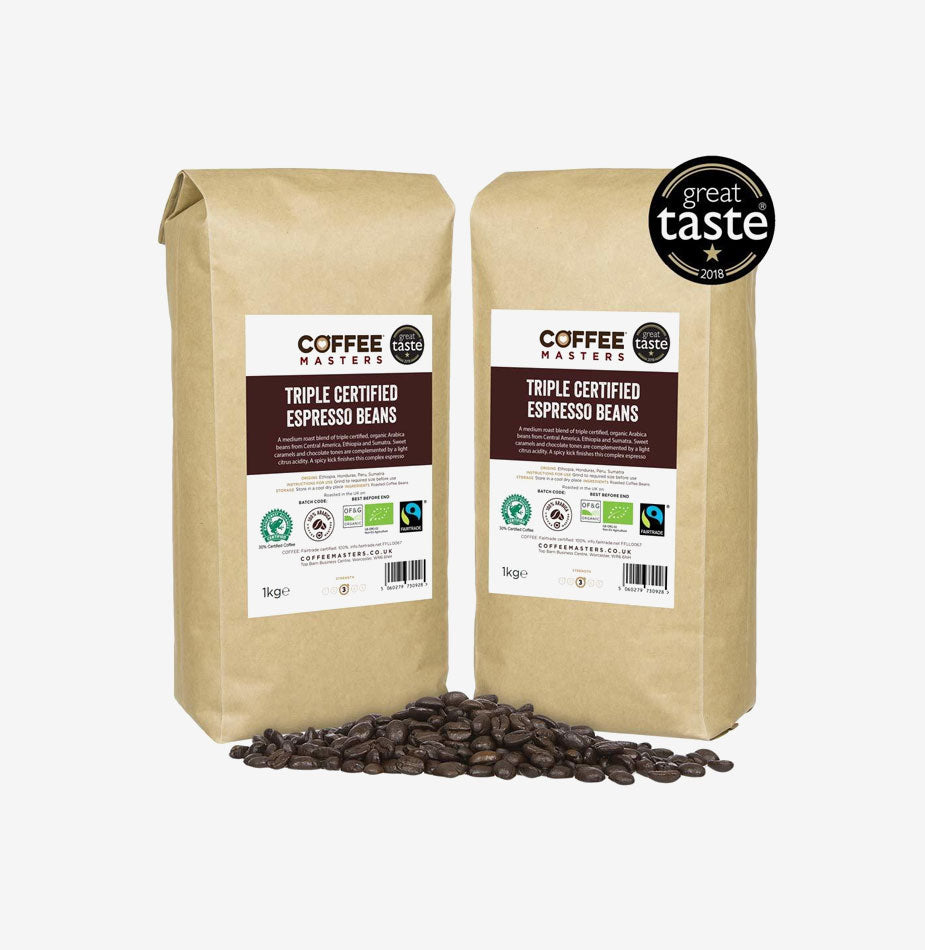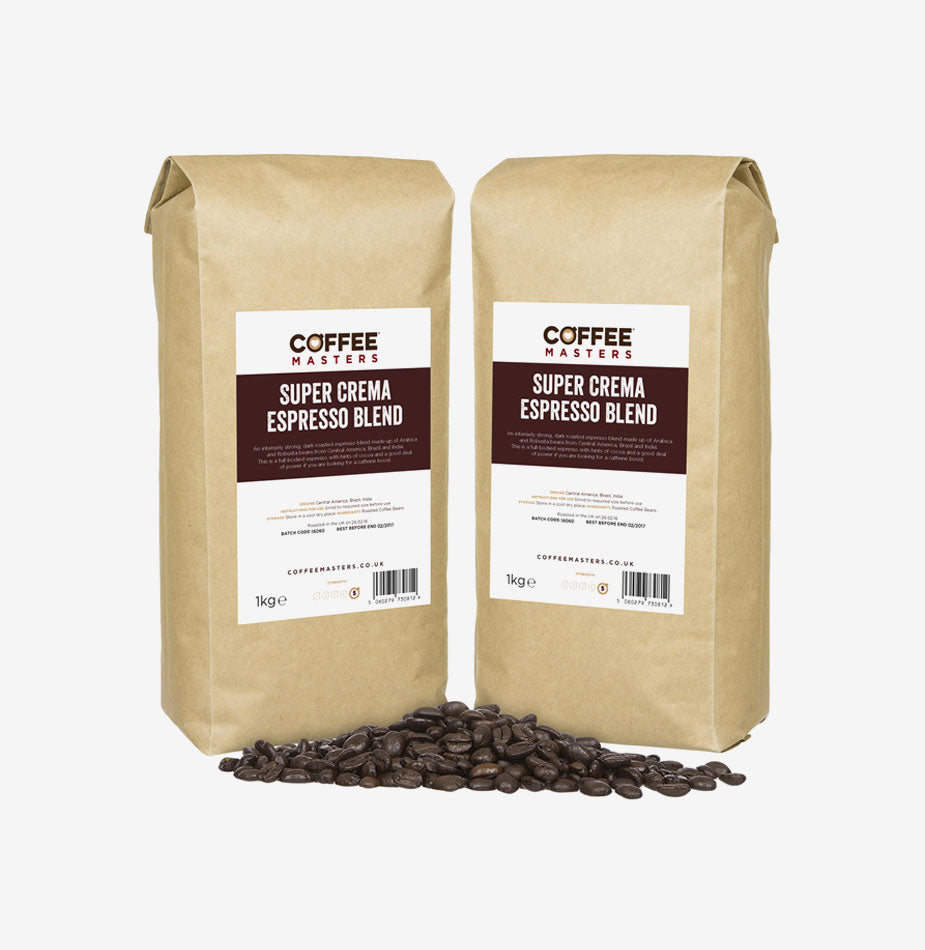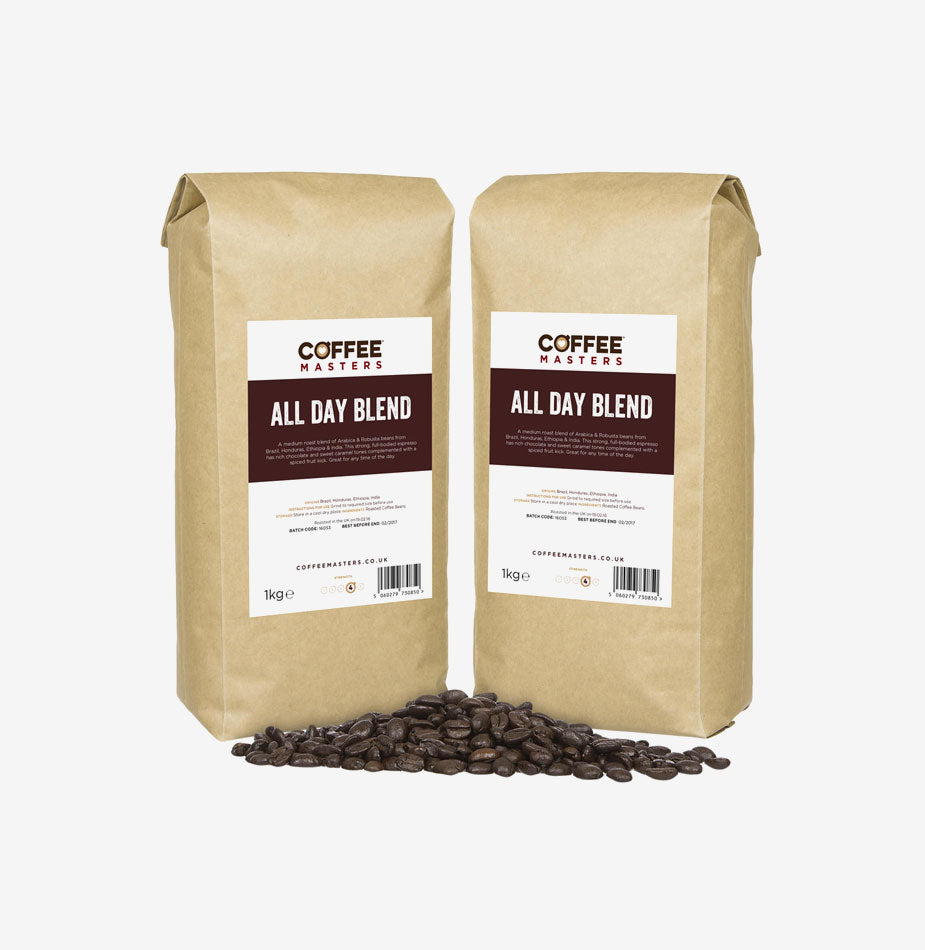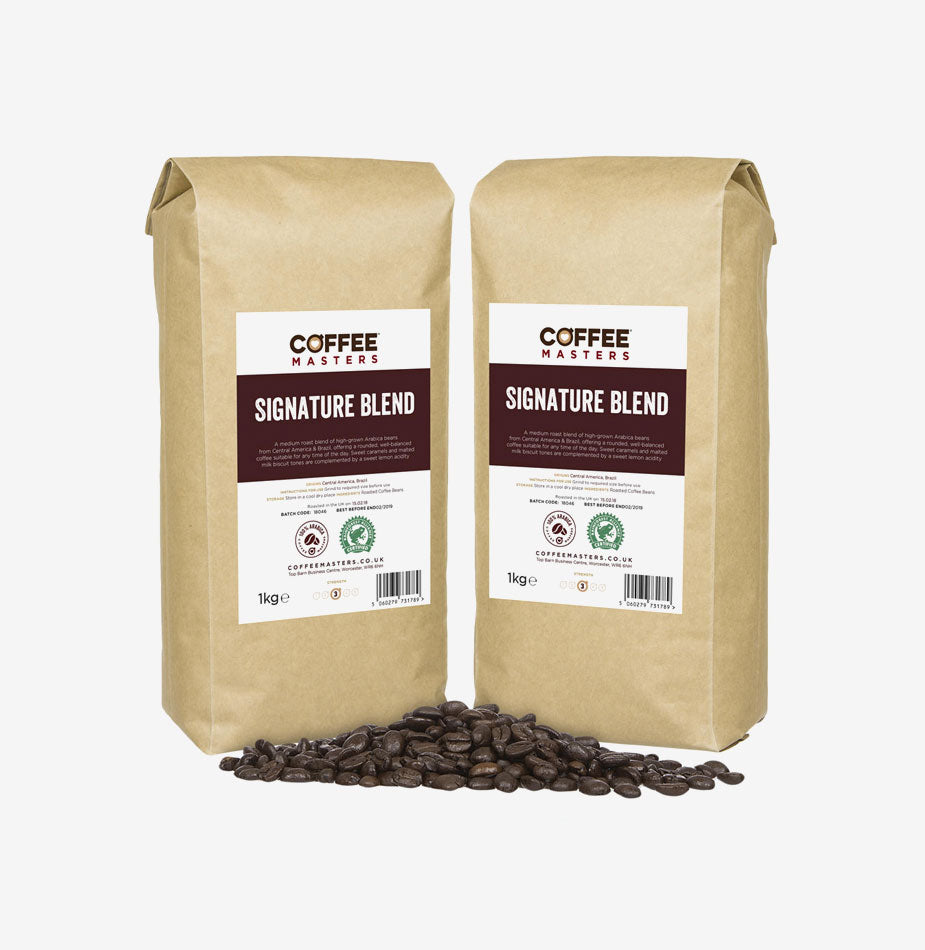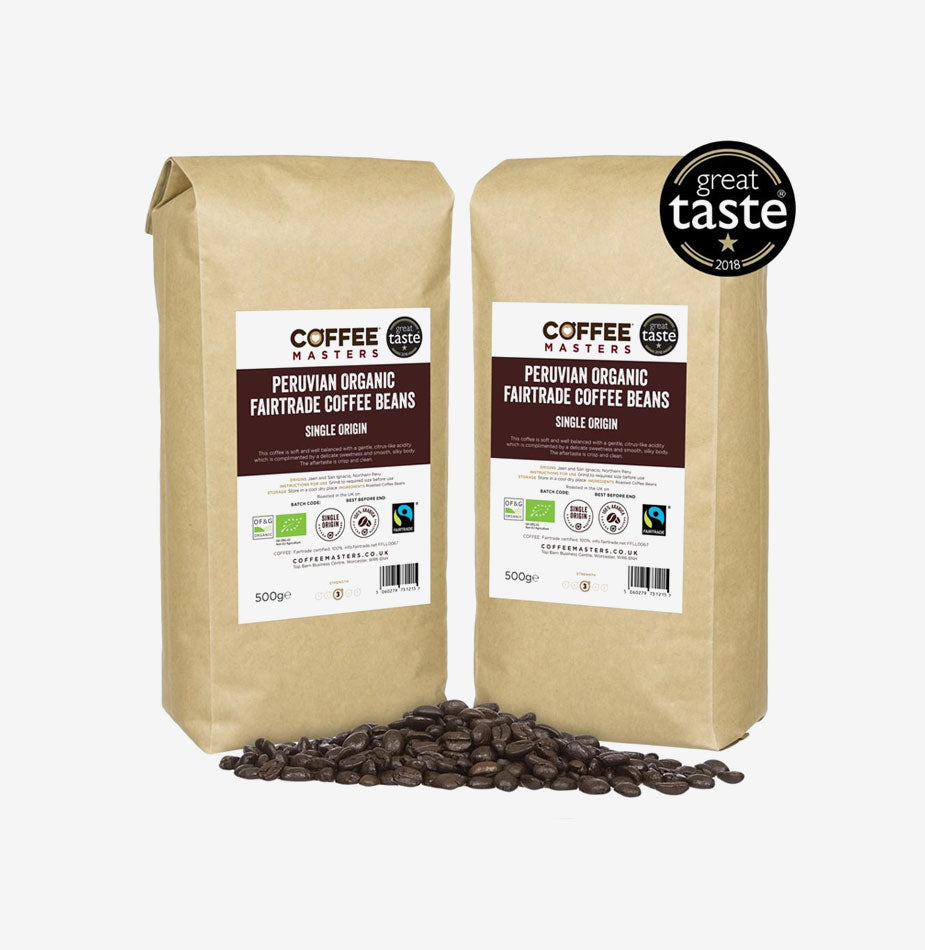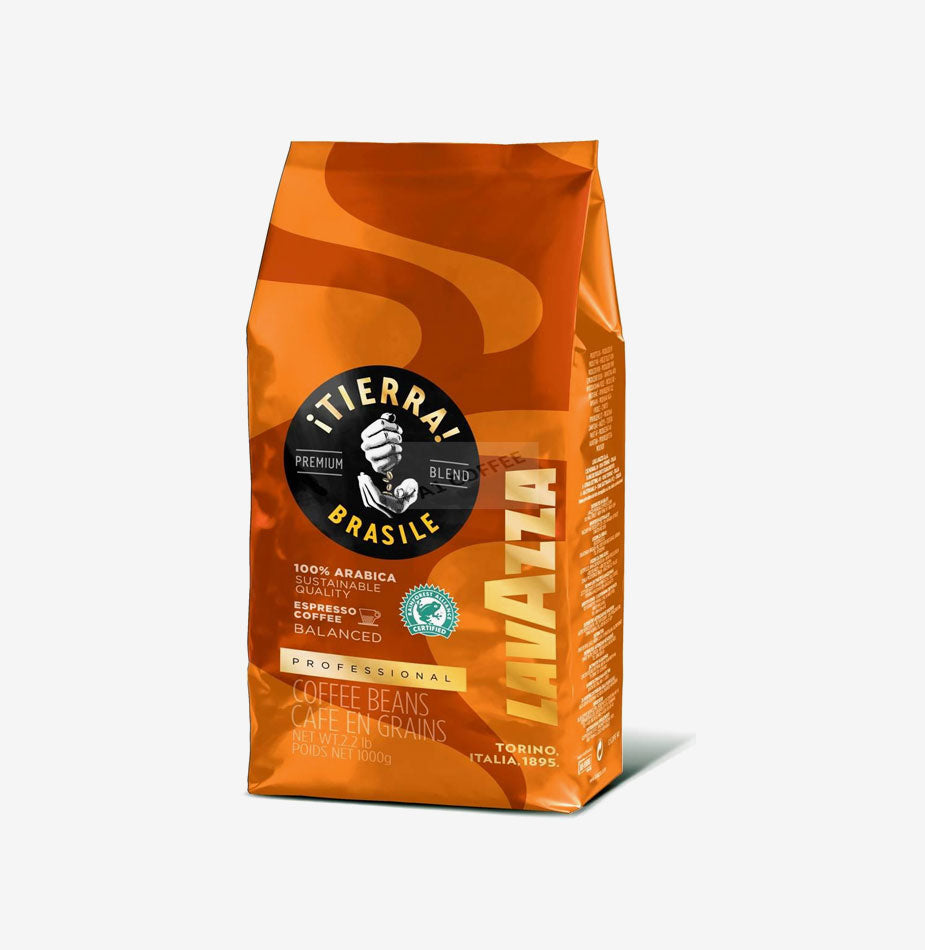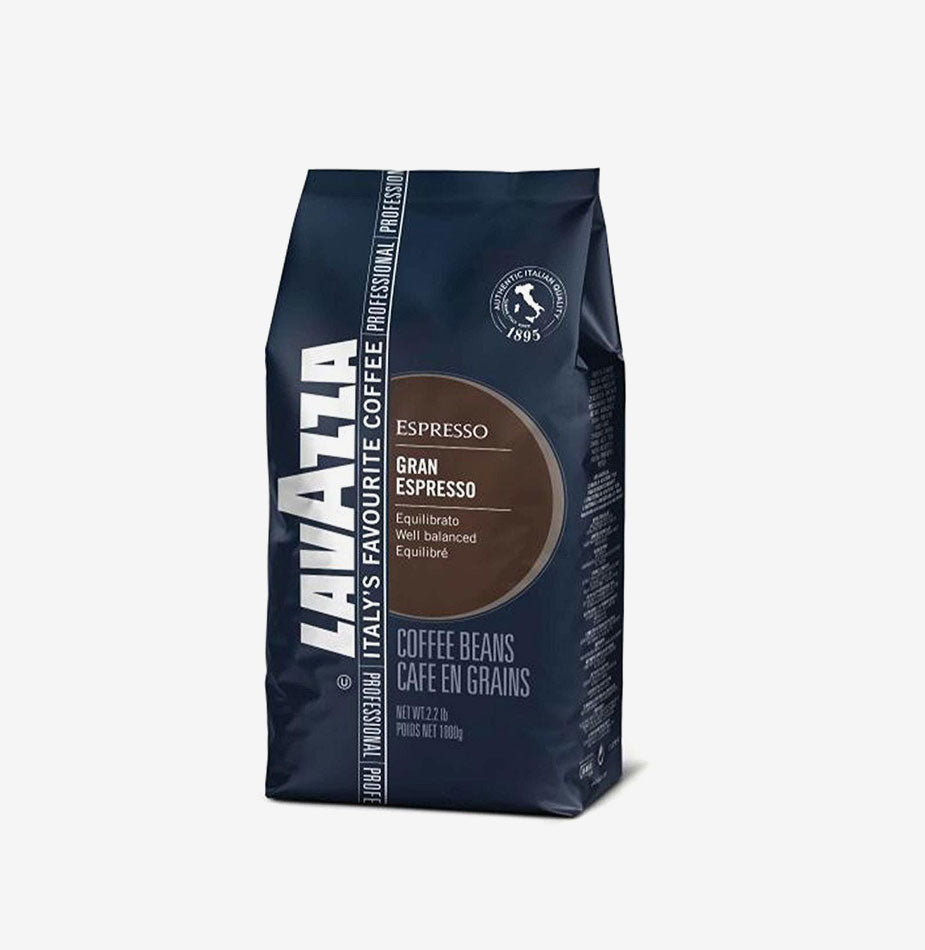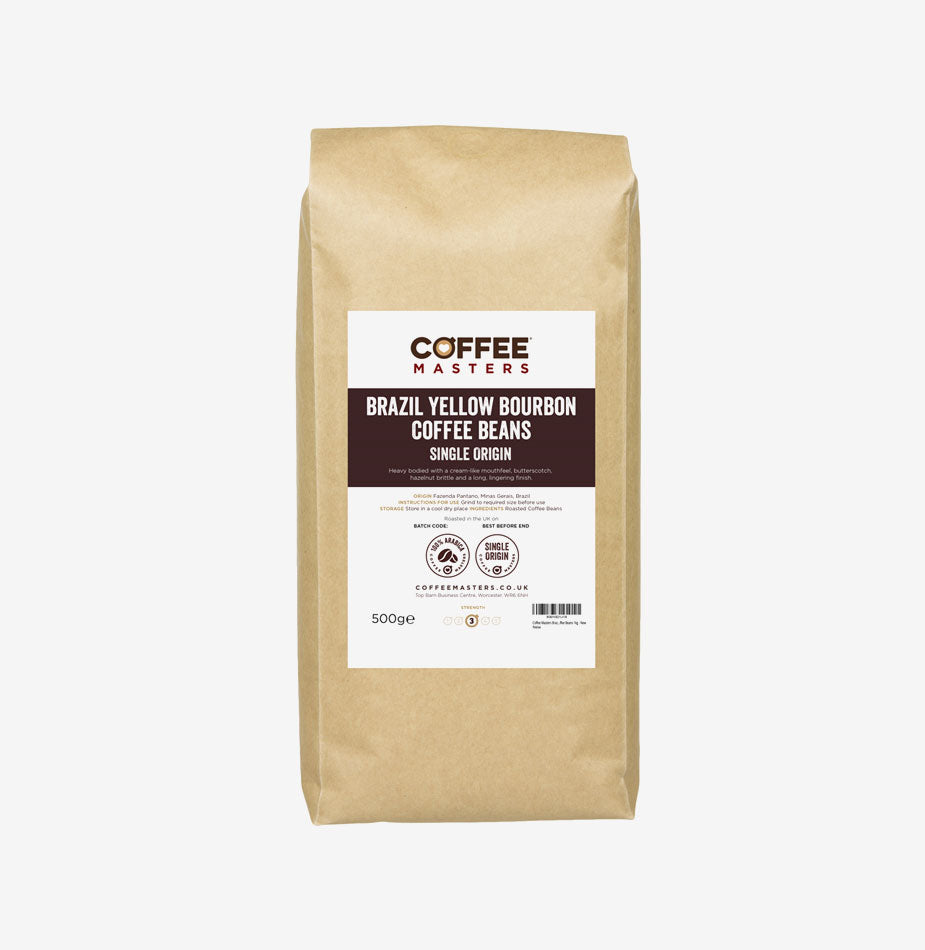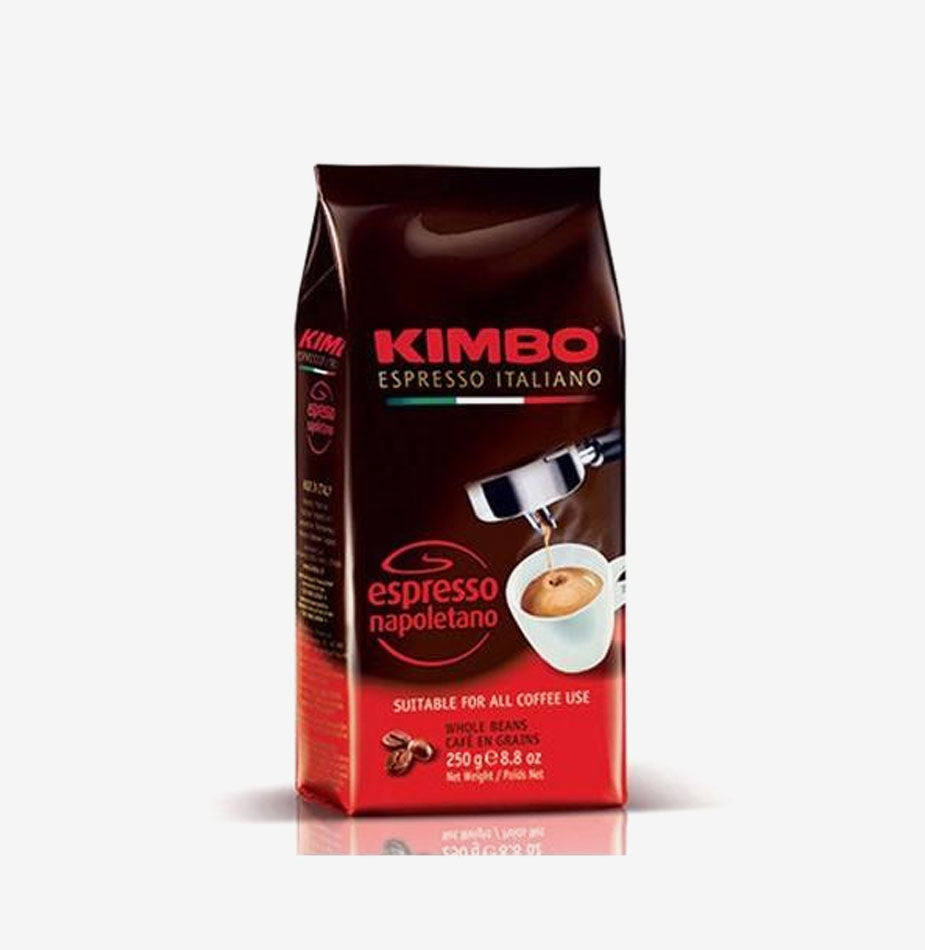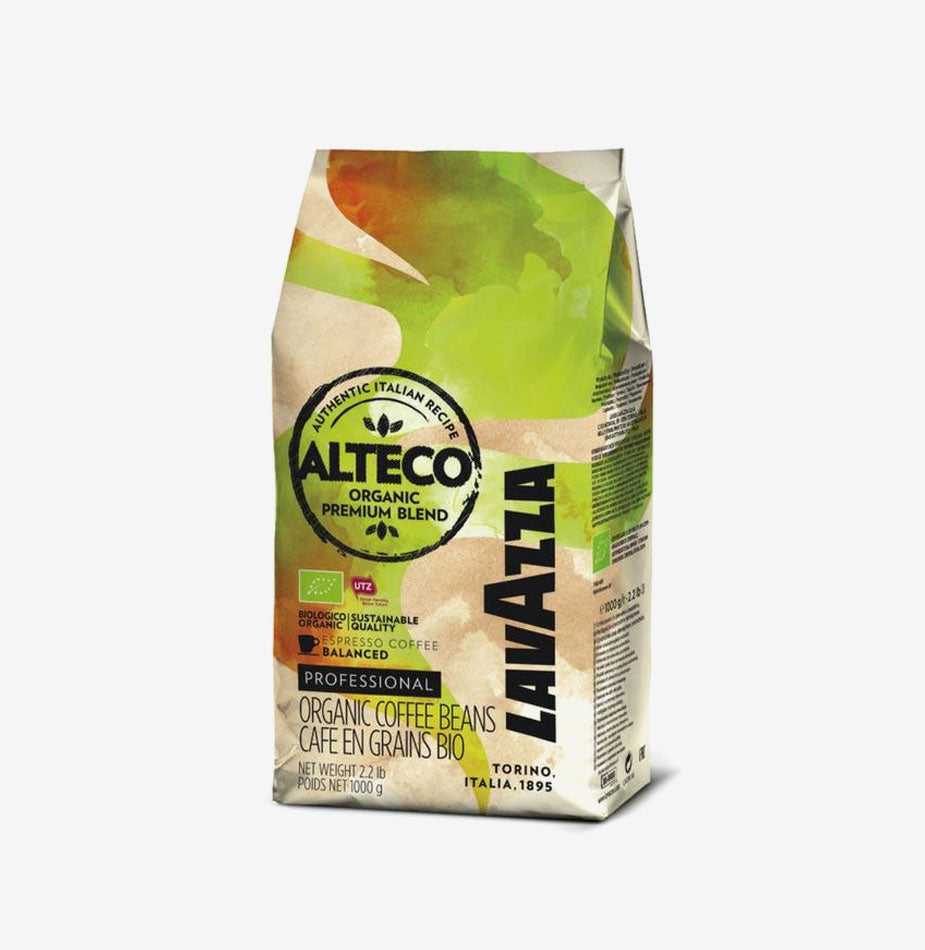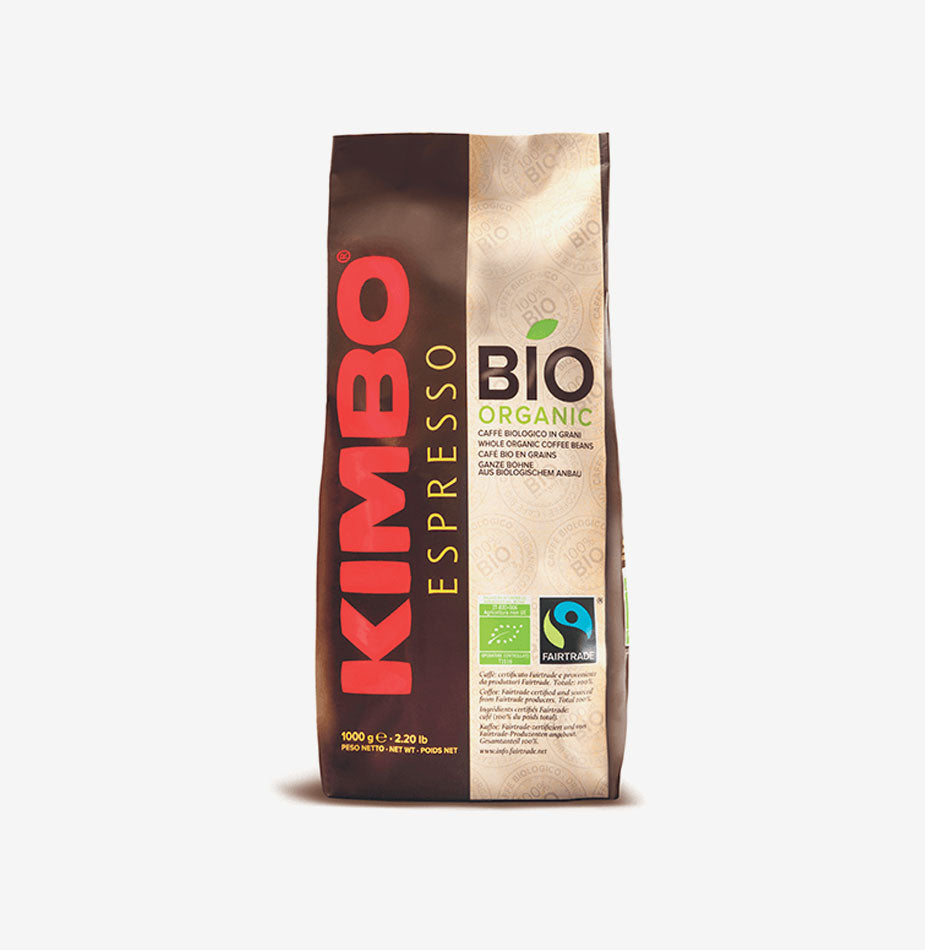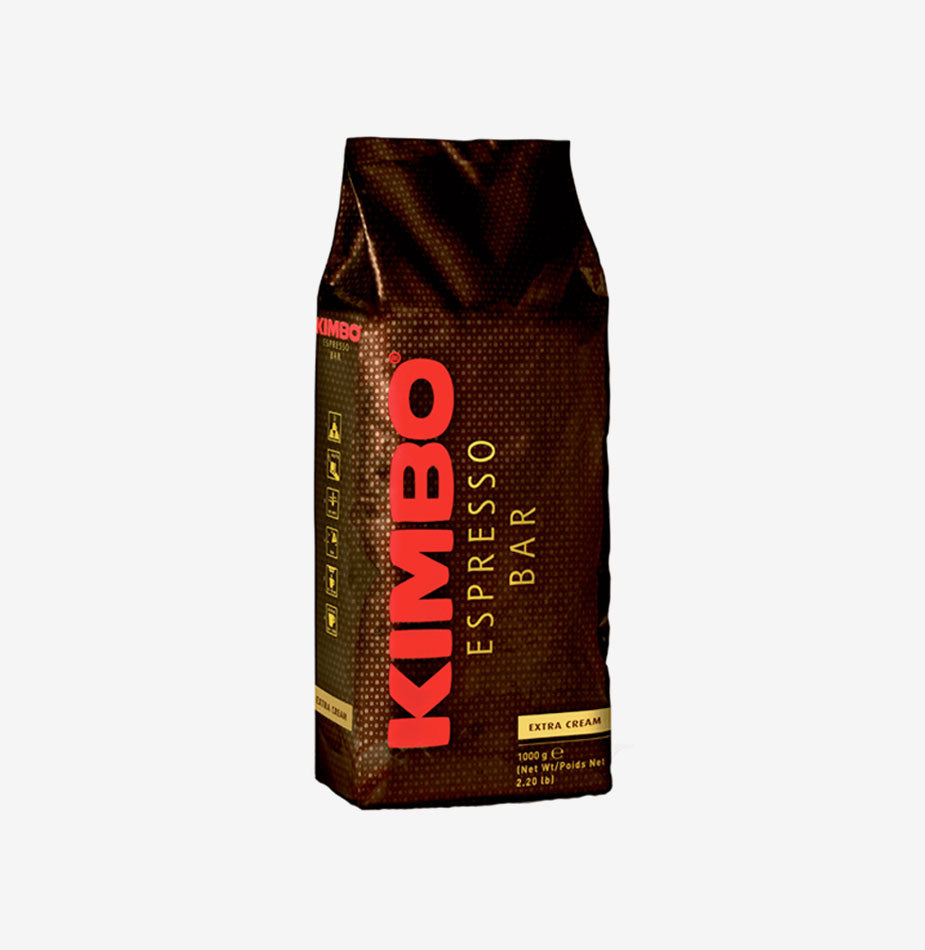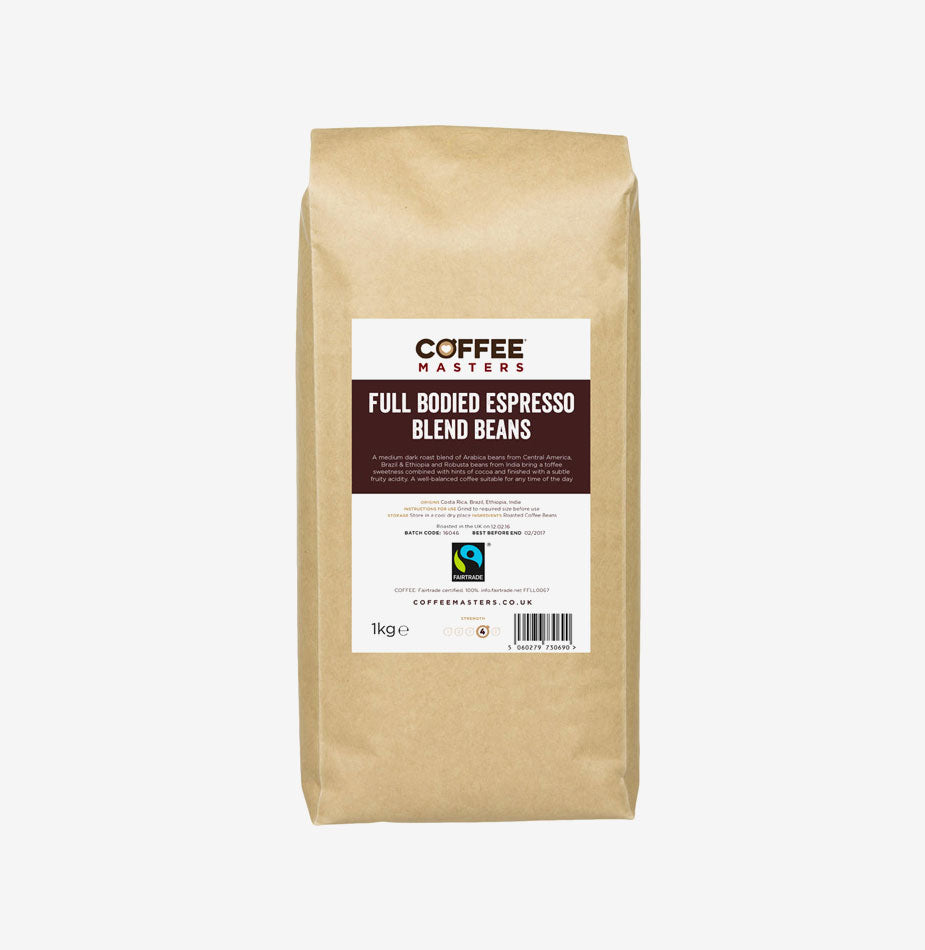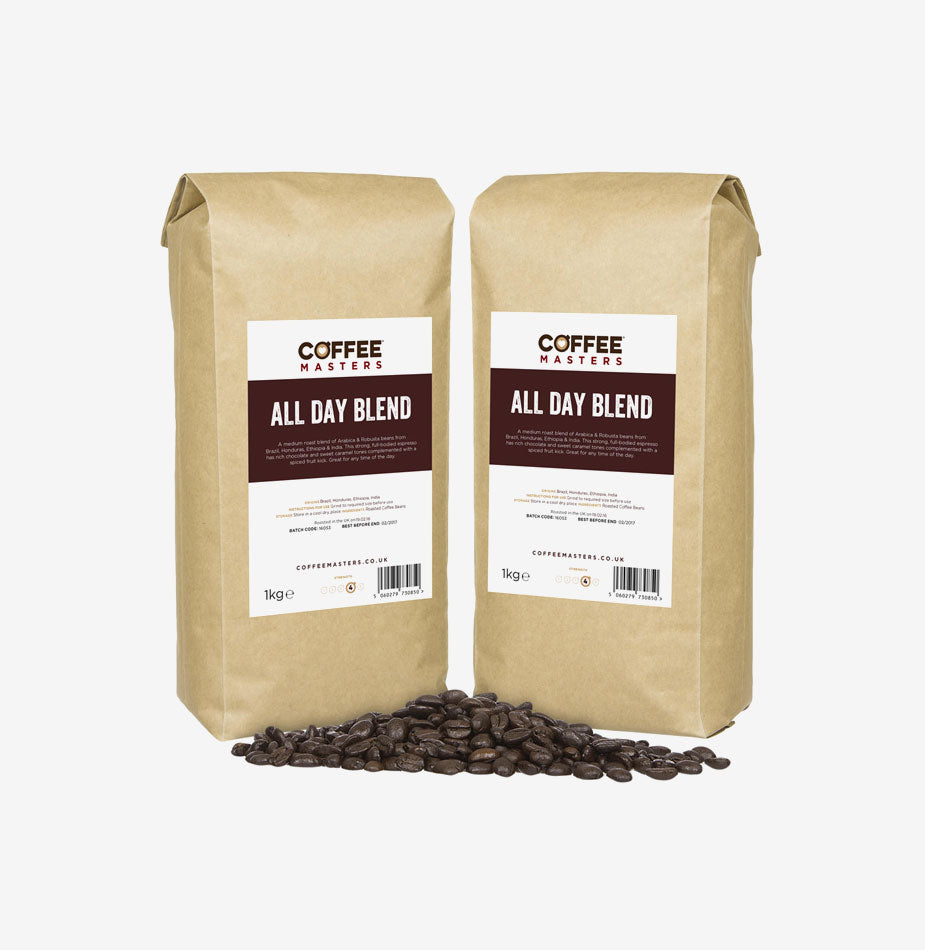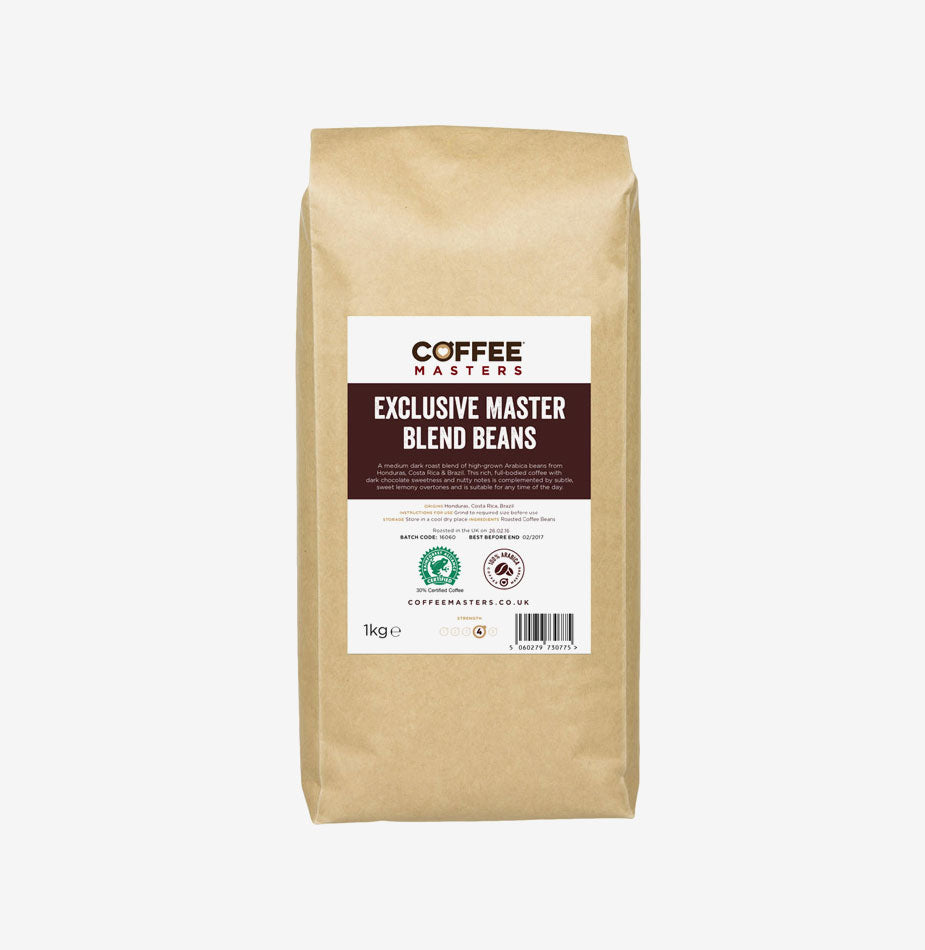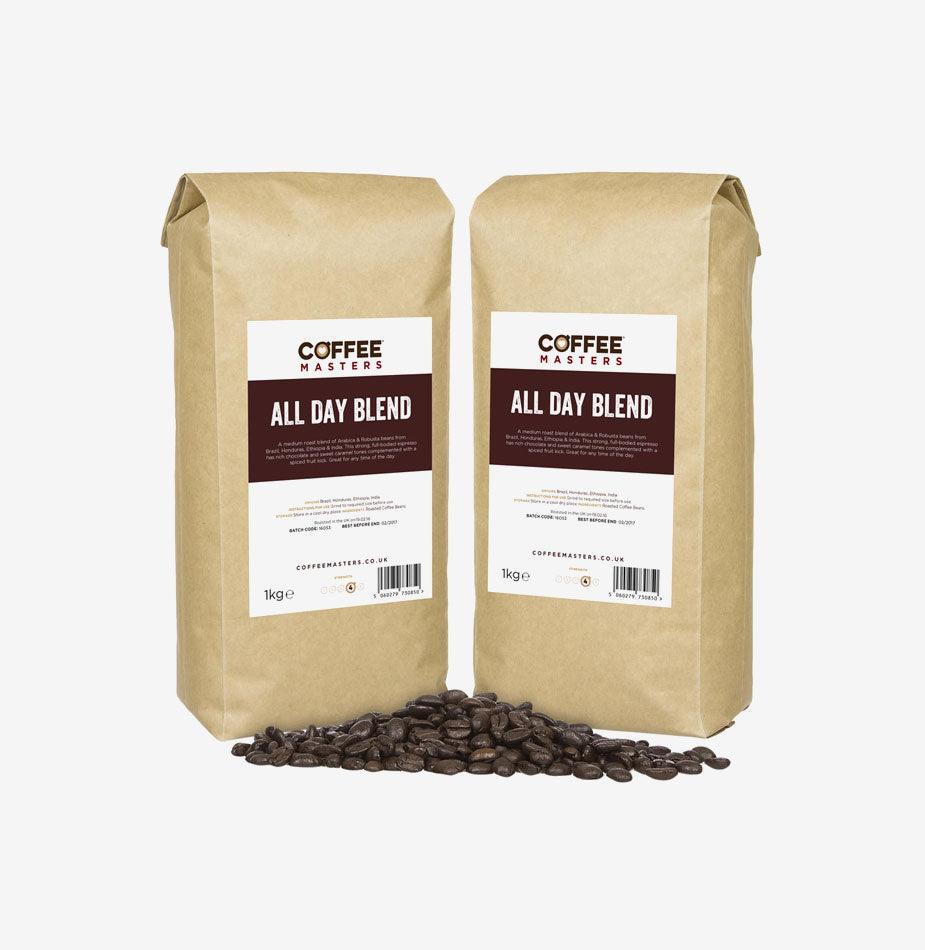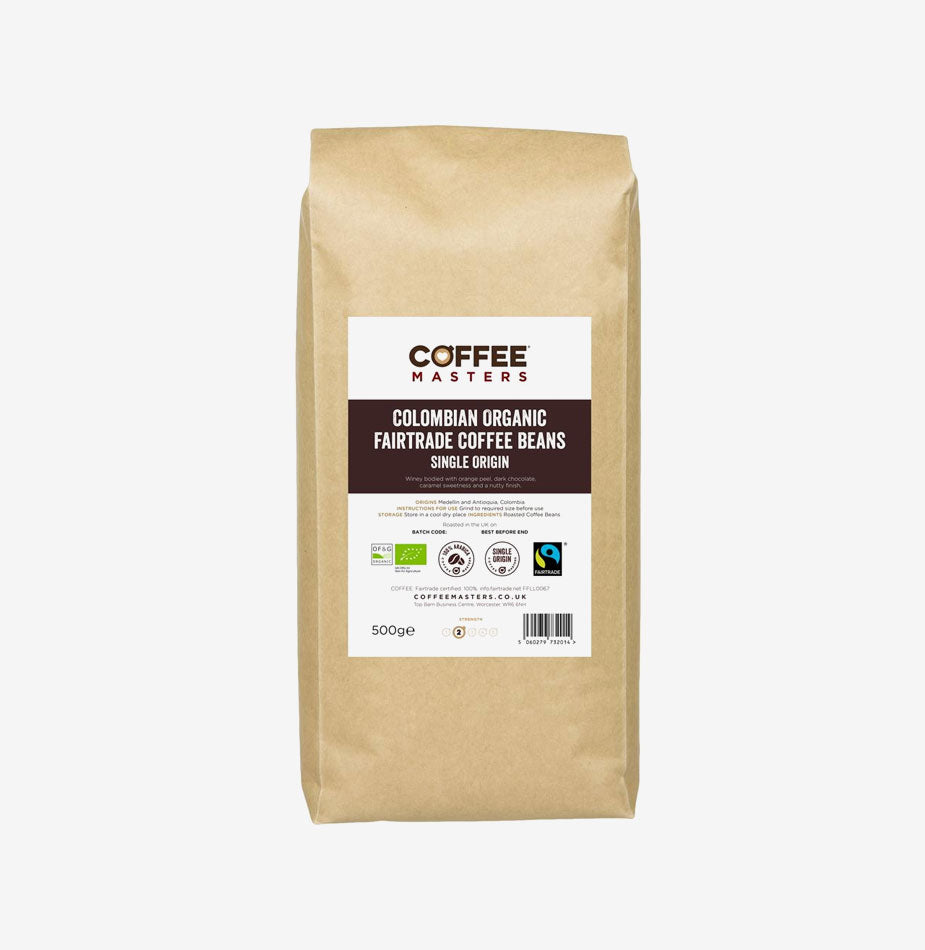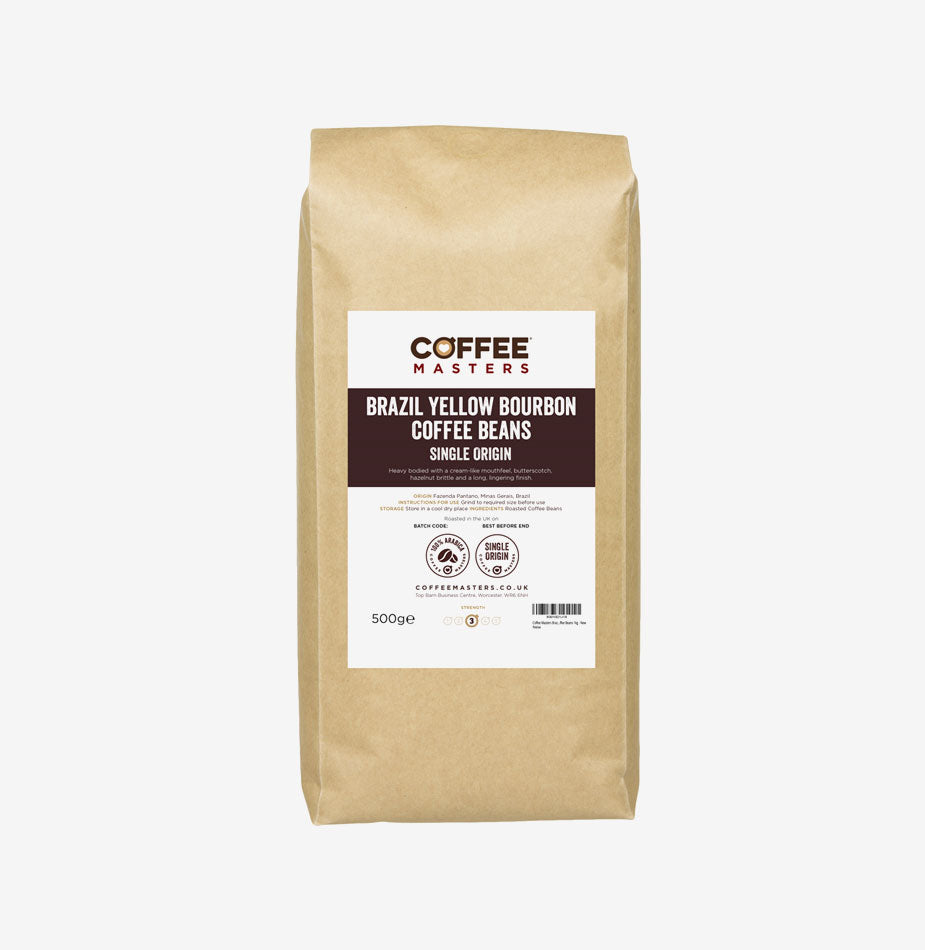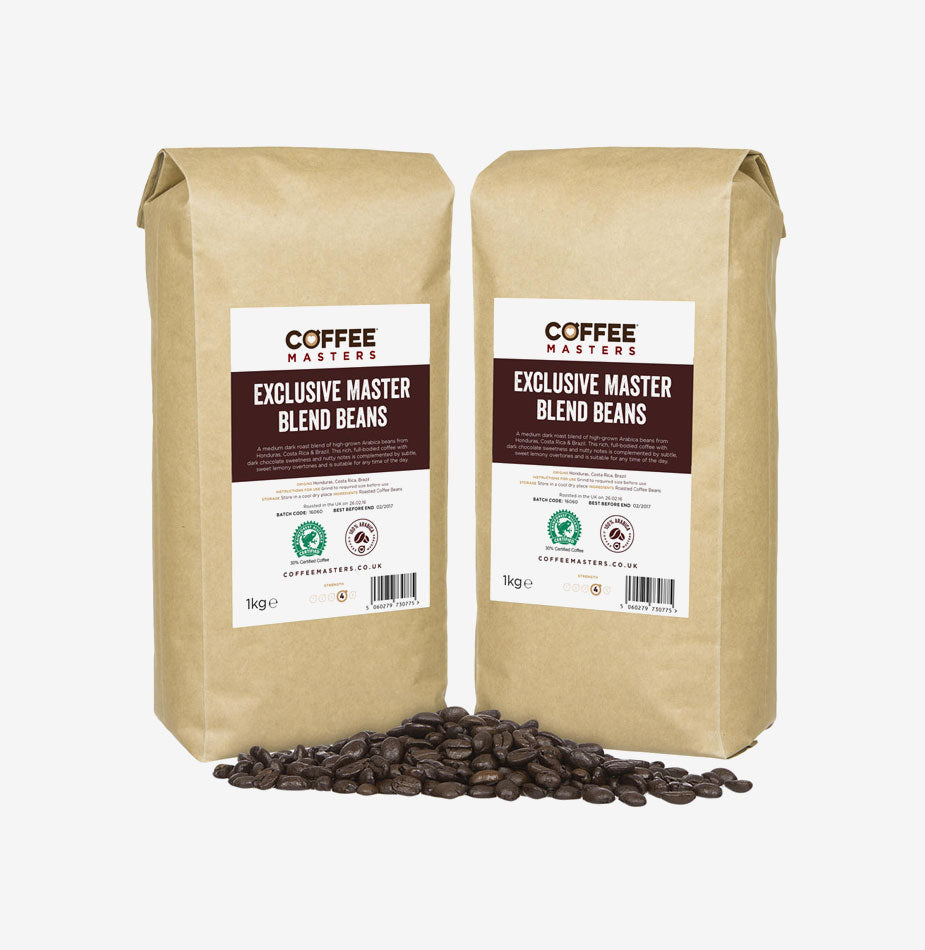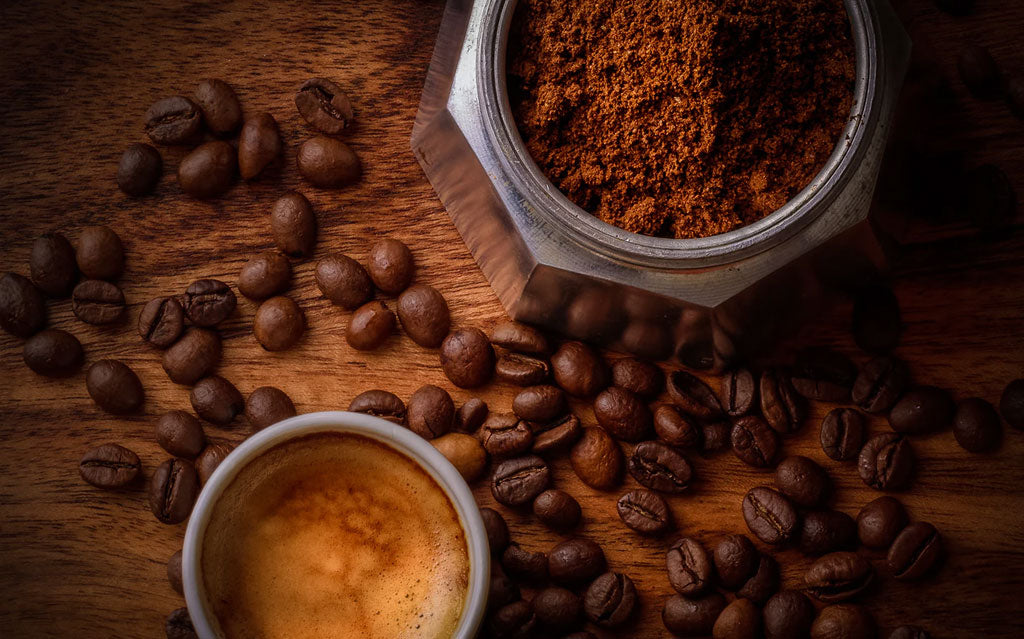
Coffee Around the World

Everyone recognizes a roasted coffee bean, but you might not recognize an actual coffee plant.Coffee trees are pruned short to conserve their energy and aid in harvesting, but can grow to more than 30 feet (9 meters) high. Each tree is covered with green, waxy leaves growing opposite each other in pairs. Coffee cherries grow along the branches. Because it grows in a continuous cycle, it’s not unusual to see flowers, green fruit and ripe fruit simultaneously on a single tree. It takes nearly a year for a cherry to mature after first flowering, and about 5 years of growth to reach full fruit production. While coffee plants can live up to 100 years, they are generally the most productive between the ages of 7 and 20. Proper care can maintain and even increase their output over the years, depending on the variety. The average coffee tree produces 10 pounds of coffee cherry per year, or 2 pounds of green beans. All commercially grown coffee is from a region of the world called the Coffee Belt. The trees grow best in rich soil, with mild temperatures, frequent rain and shaded sun.Botanical classification Coffee traces its origin to a genus of plants known as Coffea. Within the genus there are over 500 genera and 6,000 species of tropical trees and shrubs. Experts estimate that there are anywhere from 25 to 100 species of coffee plants. The genus was first described in the 18th century by the Swedish botanist, Carolus Linneaus, who also described Coffea Arabica in his Species Plantarum in 1753. Botanists have disagreed ever since on the exact classification, since coffee plants can range widely. They can be small shrubs to tall trees, with leaves from one to 16 inches in size, and in colors from purple or yellow to the predominant dark green. In the commercial coffee industry, there are two important coffee species — Arabica and Robusta. Coffea Arabica — C. Arabica Varieties: Bourbon, Typica, Caturra, Mundo Novo, Tico, San Ramon, Jamaican Blue Mountain Coffea Arabica is descended from the original coffee trees discovered in Ethiopia. These trees produce a fine, mild, aromatic coffee and represent approximately 70% of the world's coffee production. The beans are flatter and more elongated than Robusta and lower in caffeine. On the world market, Arabica coffees bring the highest prices. The better Arabicas are high grown coffees — generally grown between 2,000 to 6,000 feet (610 to 1830 meters) above sea level — though optimal altitude varies with proximity to the equator. The most important factor is that temperatures must remain mild, ideally between 59 - 75 degrees Fahrenheit, with about 60 inches of rainfall a year. The trees are hearty, but a heavy frost will kill them. Arabica trees are costly to cultivate because the ideal terrain tends to be steep and access is difficult. Also, because the trees are more disease-prone than Robusta, they require additional care and attention. Coffea canephora — C. canephora var. Robusta Variety: Robusta Most of the world's Robusta is grown in Central and Western Africa, parts of Southeast Asia, including Indonesia and Vietnam, and in Brazil. Production of Robusta is increasing, though it accounts for only about 30% of the world market. Robusta is primarily used in blends and for instant coffees. The Robusta bean itself tends to be slightly rounder and smaller than an Arabica bean. The Robusta tree is heartier and more resistant to disease and parasites, which makes it easier and cheaper to cultivate. It also has the advantage of being able to withstand warmer climates, preferring constant temperatures between 75 and 85 degrees Fahrenheit, which enables it to grow at far lower altitudes than Arabica. It requires about 60 inches of rainfall a year, and cannot withstand frost. Compared with Arabica, Robusta beans produce a coffee which has a distinctive taste and about 50-60% more caffeine. The Anatomy of a Coffee Cherry The beans you brew are actually the processed and roasted seeds from a fruit, which is called a coffee cherry. The coffee cherry's outer skin is called the exocarp. Beneath it is the mesocarp, a thin layer of pulp, followed by a slimy layer called the parenchyma. The beans themselves are covered in a paper-like envelope named the endocarp, more commonly referred to as the parchment. Inside the parchment, side-by-side, lie two beans, each covered separately by yet another thin membrane. The biological name for this seed skin is the spermoderm, but it is generally referred to in the coffee trade as the silver skin. n about 5% of the world's coffee, there is only one bean inside the cherry. This is called a peaberry (or a caracol, or "snail" in Spanish), and it is a natural mutation. Some people believe that peaberries are actually sweeter and more flavorful than standard beans, so they are sometimes manually sorted out for special sale.

